Leland cypress death.
newgen
12 years ago
Related Stories
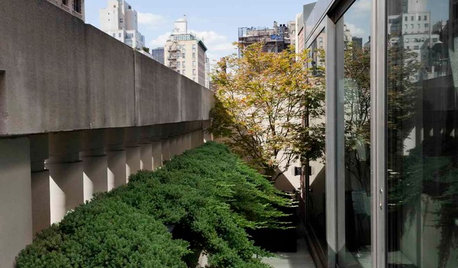
GARDENING GUIDESGreat Design Plant: Creeping Juniper Holds Its Ground
Add texture and evergreen interest to a layered garden with this low-maintenance, good-looking ground cover
Full Story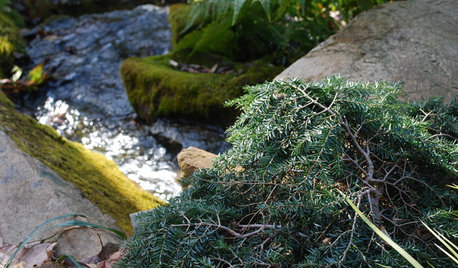
GARDENING GUIDESGreat Design Plant: Tsuga Canadensis ‘Bennett’
Bennett Canadian hemlock thrives in shade and provides sculptural interest in eastern U.S. gardens
Full Story
LIFE‘A Little Bold Color Goes a Long Way’ and Other Houzz Quotables
Home projects, advice and even a tour of a castle captured our attention this week
Full Story
LANDSCAPE DESIGNThe 7 Best Plant Types for Creating Privacy and How to Use Them
Follow these tips for using different kinds of plants as living privacy screens
Full Story
GARDENING GUIDESNew Ways to Think About All That Mulch in the Garden
Before you go making a mountain out of a mulch hill, learn the facts about what your plants and soil really want
Full Story
HOLIDAYSHouzz Call: Show Us Your Christmas Tree!
How lovely are your branches? Post a picture and share your stories
Full Story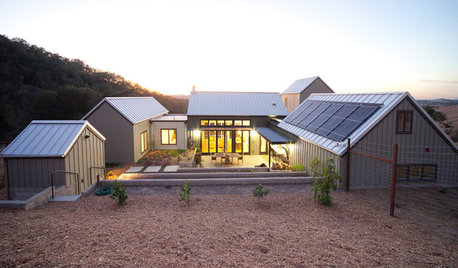
FARMHOUSESHouzz Tour: Barns Inspire a Modern Farm Compound
Classic gabled looks mix with modern solar panels, universal design and more in the California hills
Full Story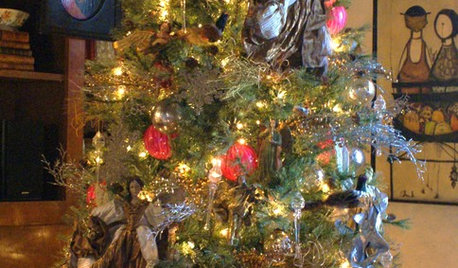
HOLIDAYSChristmas Tree Decorating the Painless Way
Holidays are for carols, not cussing. Make tree trimming less work and more fun with this guide at your side
Full Story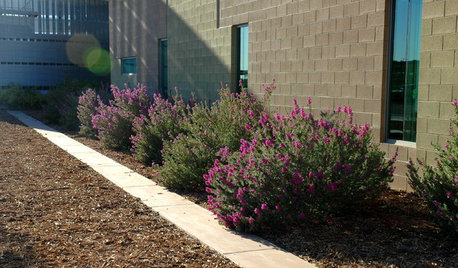
GARDENING GUIDESHow to Avoid Overcrowded, Overpruned Shrubs
Go for a more natural look that’s easier and less expensive to maintain by giving your plants the right amount of growing room
Full Story
GARDENING GUIDESGrow Your Own Privacy: How to Screen With Plants and Trees
Use living walls to lower your home and garden's exposure while boosting natural beauty in your landscape
Full StoryMore Discussions








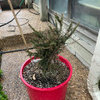

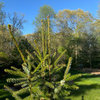
pineresin
newgenOriginal Author
Related Professionals
Ballwin Landscape Architects & Landscape Designers · Sand Springs Landscape Architects & Landscape Designers · West Chester Landscape Architects & Landscape Designers · Sahuarita Landscape Architects & Landscape Designers · Maple Valley Landscape Contractors · Cliffside Park Landscape Contractors · East Patchogue Landscape Contractors · Emmaus Landscape Contractors · Hannibal Landscape Contractors · North Potomac Landscape Contractors · Thonotosassa Landscape Contractors · Wentzville Landscape Contractors · West Allis Landscape Contractors · Woodland Landscape Contractors · Antioch Landscape ContractorsnewgenOriginal Author
scotjute Z8
pineresin
Mark Wasserman
shastensis
newgenOriginal Author
scotjute Z8
newgenOriginal Author
newgenOriginal Author
Mark Wasserman
newgenOriginal Author
newgenOriginal Author